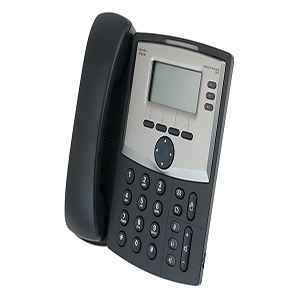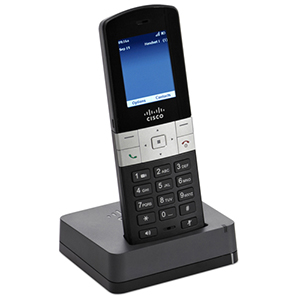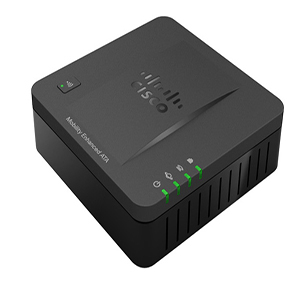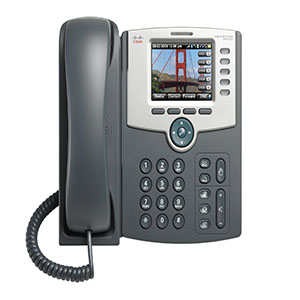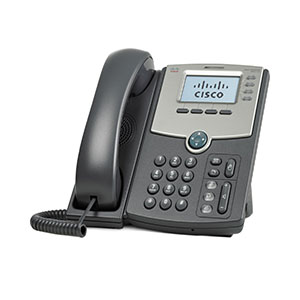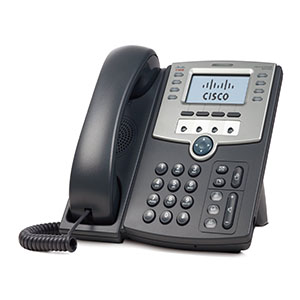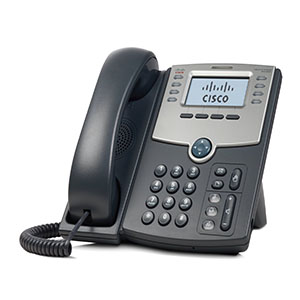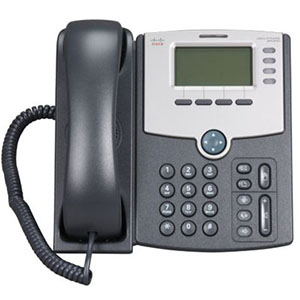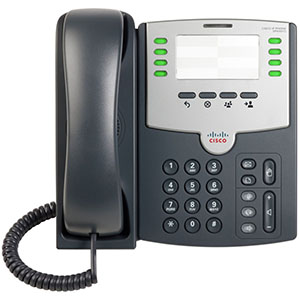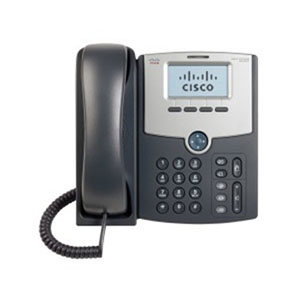Description
Cisco SPA303-G2
With lots of features and capabilities configuration of the Cisco SPA 303 perfectly meets the requirements of business users allowing full use of the advantages of IP telephony. Features such as an integrated 2-port switch, high-resolution monochrome screen or moving positions and the ability to share numbering even geographically distant facilities are some of the many advantages of SPA 303. The phone also allows you to use features such as VoiceView Express and Cisco XML when working with Cisco devices Unified Communications 500 SPCP mode.
Call us today to know more about Cisco products and free consultation.We supply Cisco Office telephone system in Dubai, Abu Dhabi, Sharjah, Fujairah, Ras Al Kaimah, Alman-UAE
Cisco SPA303-G2 Specification
Supported protocols:
- Addressing the MAC (IEEE 802.3)
- IPv4 (RFC 791)
- Address Resolution Protocol (ARP)
- DNS: A record (RFC 1706), the SRV record (RFC 2782)
- Dynamic Host Configuration Protocol (DHCP) client (RFC 2131)
- Internet Control Message Protocol (ICMP) (RFC 792)
- TCP (RFC 793)
- User Datagram Protocol (UDP) (RFC 768)
- Real Time Protocol (RTP) (RFC 1889, 1890)
- Real Time Control Protocol (RTCP) (RFC 1889)
- Real Time Control Protocol – Extended Report (RFC 3611)
- Differentiated Services (DiffServ) (RFC 2475)
- Type of Service (ToS) (RFC 791, 1349)
- VLAN tagging 802.1p / Q: Layer 2 quality of service (QoS)
- Simple Network Time Protocol (SNTP) (RFC 2030)
Voice Gateway:
- The SIP protocol version 2 (RFC 3261, 3262, 3263, 3264)
- SPCP protocol works with Cisco Unified Communications 500 Series
- SIP proxy redundancy: Dynamic via DNS SRV, A records
- The mechanism of re-registration on the main server, SIP proxy
- SIP support networks behind NAT (including STUN)
- SIPFrag (RFC 3420)
- Connection security (encryption) via the Secure Real-Time Transport Protocol (SRTP)
- SIP / TLS
- The ability to change audio codec
- Supported audio codecs:
G.711 (A-law and μ-law)
G.726 (16/24/32/40 kbps)
G.729 AB
G.722 - Dynamic payload support
- The ability to adjust the amount of audio frames per packet
- Dual-tone multifrequency (DTMF), in-band and out-of-band (RFC 2833) (SIP INFO)
- Flexible numbering plan with the selection dial times
- Calling on IP / URI
- Tone generation call is in progress
- For Jitter Buffer (delay variation): adaptive
- The mechanism of filling of lost frames (Frame loss concealment)
- Voice Activity Detection – Voice activity detection (VAD) and silence compression
- Configurable Gain / attenuation
- Sounds informing a waiting message Message waiting indicator (MWI)
- Message Waiting Indicator voicemail (VMWI), via NOTIFY, SUBSCRIBE
- Detection of the caller (name and number)
- Control of Third-party connections (RFC 3725)
Power supply:
- 5V DC, 1A max.
- Automatically adjusts the voltage (100-240V)
Provisioning and management:
- The integrated web server for device management
- Automated provisioning and upgrade via TFTP, HTTP or HTTPS
- Asynchronous notification of upgradzie through NOTIFY
- Updates non-invasive, does not interrupt the use of a service
- Generating reports and event logging
- Statistics sent as a message BYE
- RTCP-XR
- Writing to a Syslog server, and debug: configurable per line
Interfaces:
- 2 x Ethernet port 10 / 100BASE-T RJ-45 connector (IEEE 802.3)
- 1 x RJ-9 for connecting to the handset
- Built-in microphone and speaker
- Jack 2.5 mm jack for headset
LED indicators:
- Message Waiting Indicator
- Mute button with backlight
- Button on the speakerphone with backlight
- LED test button
| Dimensions | 220 x 198 x 30 mm |
| Weight | 0.68kg |
| Temperature Wed. operation | 0 ° ~ 40 ° C |
| Wed. Storage | -20 ° ~ 70 ° C |
| Humidity Wed. action | 5% to 95% (without condensation) Avg. |
| Storage | 5% to 95% (non-condensing) Comparison of IP telephones series 500 and 300 |
Cisco SPA303-G2 Features
- Shared line feature
- Music for call waiting
- Call Waiting
- Hands-free mode
- Blocking on the outside caller ID
- Call transfer
- Three-way conferencing with local mixing
- Multilateral conferences with the use of external conference bridges.
- Automatic redial the last number dialed calling or
- Switching between calls
- Function Call pickup: the number or group
- The callback function on busy
- Call park and unpark
- The possibility of calling with the handset
- List of 60 most recent calls (received, missed, made)
- Mode “do not disturb
- Call blocking: anonymous and selected
- Diverting calls: no contingent on no reply and on busy
- Hot line and warm line automatic calling
- Digits dialed with number auto-completion
- Blocking anonymous callers
- Support for calling the Uniform Resource Identifier (URI) (IP) dialing (vanity numbers)
- Many bells with a choice of tone for each line
- Call duration and time of its commencement stored in the logs available via the Web GUI
- Konfigurwalne numbering plans
- 10 rings
- Speed Dial – 8 names
- Intercom
- Group Paging
- Network Address Translation (NAT) Traversal, Including Serial Tunnel (STUN) support
- Network Address Translation (NAT) Traversal, the inclusion of support for Serial Tunnel (STUN)
- Syslog, debug and event logging
- Support encryption to ensure high security talks
- Built-in web server for administration and configuration with multiple levels of permissions
- Automated remote provisioning, multiple methods; up to 256-bit encryption (HTTP, HTTPS, Trivial
- File Transfer Protocol [TFTP])
- This option prevents restore your phone to factory settings without knowing the password.

